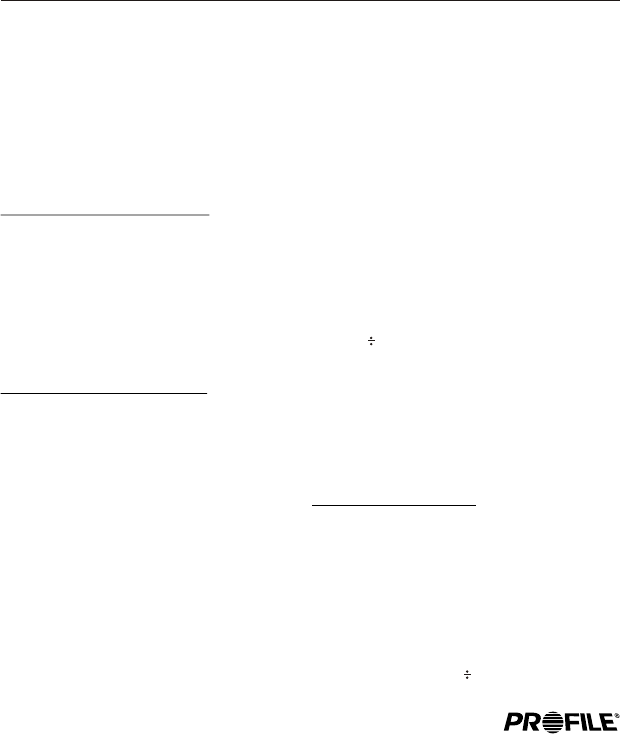
PRODUCT SPECIFICATIONS
Free Air Resonance. (FS) 35
Total Q of driver @ FS including all resistance's. (Qts) .57
Q of driver @ FS including non electrical resistance only. (Qms) 8.56
Q of driver @ FS including electrical resistance only. (Qes) 0.62
The driver's compliance expressed as an equivalent volume
of air (Cubic Ft.). (Vas) 2.17
The driver's linear displacement (inches). (Xmax) .19
The DC resistance of the driver's voice coil (ohms). (Re) 3.6
Power rating of driver. (W) 200
The driver's voice coil inductance (millihenries). (Le) .7
The drivers sensitivity (dB). (Sens) 90
Mounting Depth. (Inch) 4.5
CALCULATING ENCLOSURES
It is difficult to give exact box dimensions that are universal for all cars and trucks.
It is for this reason that you must be able to calculate the space in which you have
available in order to achieve the proper air volume required. It is recommended to
build your enclosure from 3/4” thick MDF (medium density fiberboard). Make sure
the enclosure is sealed air tight.
Calculating External Volume
1.) To calculate box volume, measure the outside Width x Height x Depth of the
enclosure. Example 12” x 14” x 9” = 1512”.
2.) Next you must convert cubic inches into cubic feet. To do this, you must divide
the cubic inch total by 1728”. Example 1512 1728 = .875 Cubic feet
Calculating Internal Volume
1.) To calculate the internal (net) volume of the above box you must first multiply
the thickness of the wood you are using by Two (2). Example 3/4” x 2 = 1.5”.
2.) Next subtract 1.5 from each of the outside measurements of the box.
Width Height Depth
12-1.5=10.5 14 -1.5 = 12.5 9 -1.5 = 7.5
3.) Multiply the new totals (H x W x D) Example: 10.5 x 12.5 x 7.5 = 984.375
4.) Next you must convert cubic inches into cubic feet. To do this, you must
divide the cubic inch total by 1728” Example 984.375 1728 = .5696 Cubic
feet.






